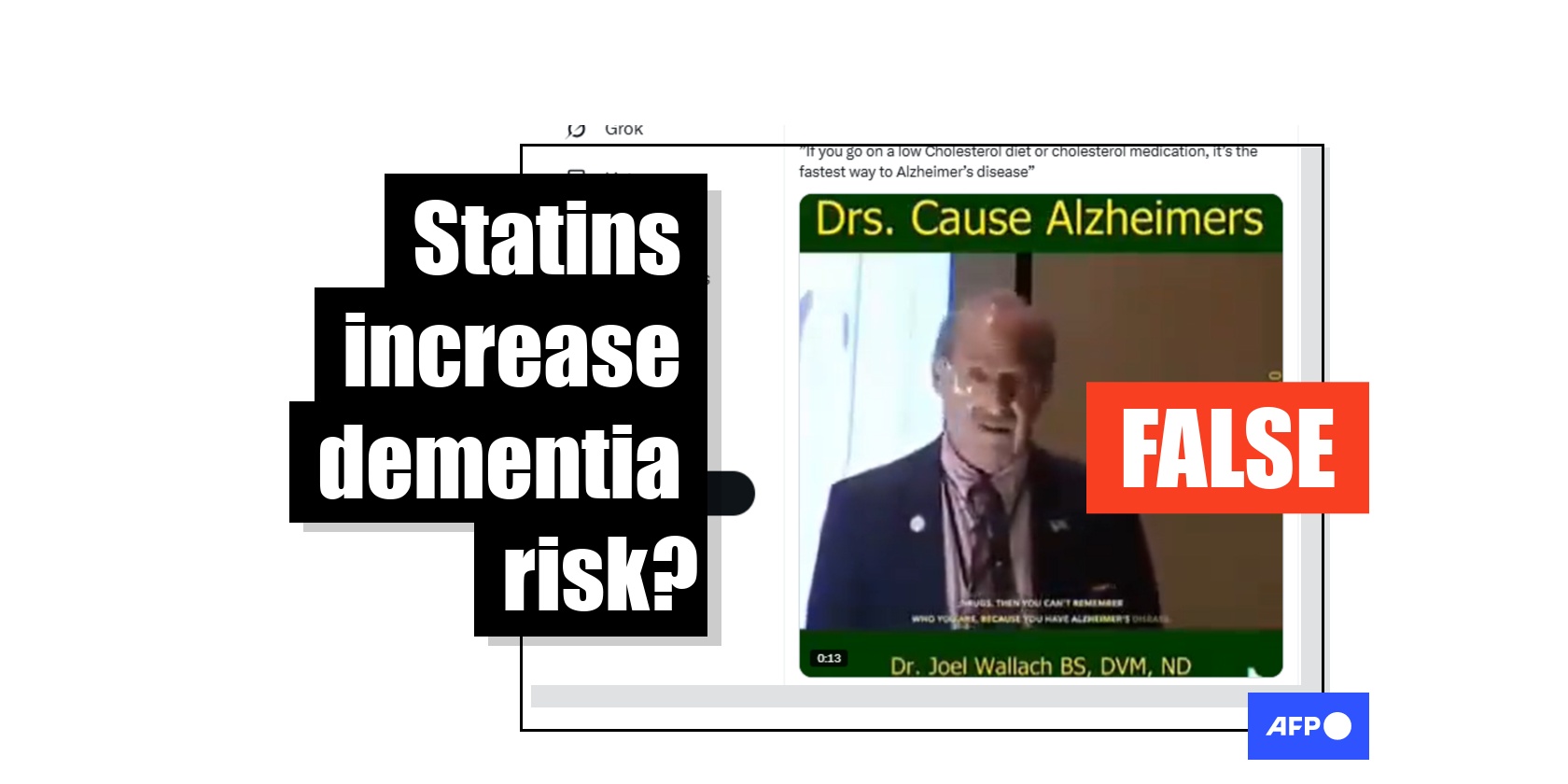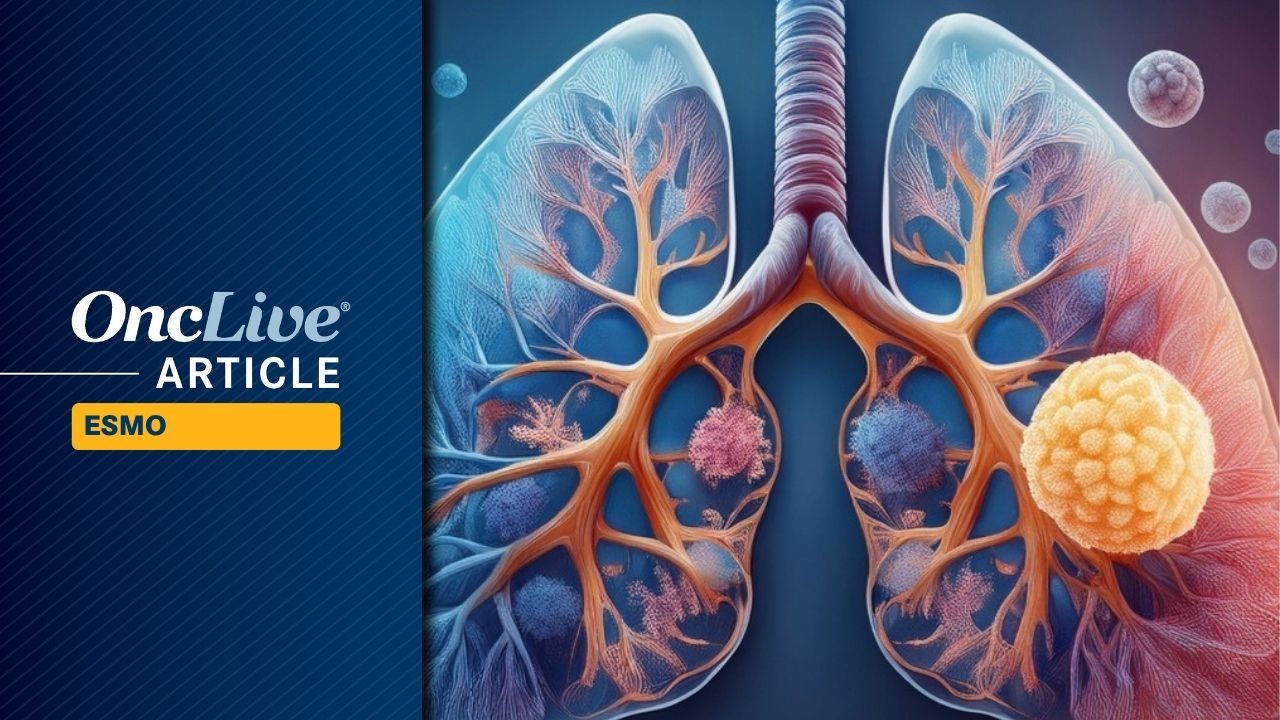Gloucester: Atkinson; Loader, Joseph, Llewellyn, Thorley; Byrne, Englefield; Knight, Blake, Fasogbon, Thomas, Alemanno, Basham, Venter, Bokenham.
Replacements: Innard, McArthur, Gotovtsev, Jordan, Mann, Taylor, Austin, Edwards-Giraud.
Bristol:…

Gloucester: Atkinson; Loader, Joseph, Llewellyn, Thorley; Byrne, Englefield; Knight, Blake, Fasogbon, Thomas, Alemanno, Basham, Venter, Bokenham.
Replacements: Innard, McArthur, Gotovtsev, Jordan, Mann, Taylor, Austin, Edwards-Giraud.
Bristol:…

Winter brings chilly winds and dry air, which can leave skin feeling rough and dehydrated. It is also the season when our immunity is often tested due to colds and flu. One natural solution that has stood the test of time is coconut oil. Widely…

“What is Alzheimer’s disease? Well it’s the disappearing of your brain’s insulation, the Myelin!!” says a September 27, 2025 Facebook post. “What is Myelin made out off? It’s made from CHOLESTEROL!!!”
An identical post on X concludes: “If you go…

Women of childbearing age who have elevated lipids may be at greater risk of cardiovascular issues after pregnancy than…

Khawaja Asif warns Pakistan won’t tolerate terror from Afghan soil, says perpetrators will pay a heavy price
US President Donald Trump and US Vice President JD Vance meet with Ukraine’s President Volodymyr Zelenskiy (not pictured) over lunch in…

Using bioinformatics, researchers identified region-specific biomarkers—FGFR4, FLT1, and WNT5A—that drive distinct tumor behaviors and may serve as diagnostic and therapeutic targets.1 Additionally, the researchers identified 2 promising drugs, dovitinib and nintedanib, which could enhance precision treatment strategies for patients with
The findings from this analysis are published in
“By integrating bulk-RNA-[sequencing] data with secretome data, we developed an approach that enabled us to infer the process of cellular interaction in CRC through the construction of an interactome,” wrote the researchers of the study. “This analysis revealed the presence of distinct molecular markers depending on the tumor’s site of origin.”
Comprehensive genomic profiling (CGP) is increasingly shaping precision medicine in CRC by revealing how specific genetic alterations influence prognosis and treatment decisions.2 Using next-generation sequencing, CGP can analyze hundreds of cancer-related genes and key biomarkers in a single test, helping guide therapy selection, identify actionable mutations, and support enrollment in clinical trials. Although a recent study showed that CGP-guided therapies have not yet yielded significant survival advantage, mutations in TP53 and SMAD4 were linked to poorer outcomes, and PTEN alterations were associated with improved survival. These insights highlight the growing role of CGP in informing personalized CRC care and identifying potential targets for future drug development.
In this study, researchers analyzed gene expression data from the TCGA-COAD database, focusing on tumor location and purity to uncover molecular differences in CRC.1 Using RNA-seq data, they identified region-specific ligands and receptors based on a reference secretome list, revealing key signaling pathways within the tumor microenvironment. The researchers then built an interactome to visualize these cell-to-cell interactions and pinpoint the most influential genes. Finally, survival analysis and drug susceptibility assessments were performed to evaluate the prognostic potential of these genes and identify candidate drugs for targeted CRC therapy.
Distinct molecular signatures were revealed between right- and left-sided CRCs, highlighting how tumor location influences biological behavior. Through integration of secretome data and interactome analysis, FGFR4, FLT1, and WNT5A emerged as key biomarkers linked to carcinogenesis, fibroblast recruitment, and cell division. These genes demonstrated strong diagnostic and prognostic potential, underscoring their role in tumor progression and treatment response. Importantly, drug analysis identified dovitinib and nintedanib as promising targeted therapies, as both agents interact with multiple biomarkers, offering new opportunities for personalized CRC treatment.
Overall, the researchers believe the study advances understanding of CRC by uncovering region-specific biomarkers that influence tumor behavior and therapeutic response. The identification of FGFR4, FLT1, and WNT5A as key molecular drivers provides a foundation for developing more precise diagnostic tools and personalized treatments. Moreover, the prediction of dovitinib and nintedanib as potential targeted therapies highlights opportunities to enhance treatment efficacy and overcome drug resistance. Together, these findings offer valuable insights into the tumor microenvironment and lay the groundwork for future experimental validation and clinical translation in CRC care.
“Nonetheless, the conclusions are constrained by the absence of experimental validation,” acknowledged the researchers. “Future investigations should incorporate comprehensive in vitro and in vivo studies to substantiate the diagnostic and therapeutic efficacy of these candidate genes and drugs. Such validation is essential to elucidate their mechanistic roles and to advance their clinical application in CRC management.”
References
1. Caxali GH, Aal MCE, Osvaldo CWG, et al. Integrating the secretome and interactome to identify novel biomarkers and therapeutic targets in colorectal cancer. Cell Commun Signal. 2025;23(1):428. doi:10.1186/s12964-025-02424-4
2. Steinzor P. Genomic profiling in colorectal cancer reveals prognostic markers. AJMC®. September 11, 2025. Accessed October 17, 2025.

As part of WFIU’s 75th anniversary celebration, we’re mining the archives to offer you samples of our best programming from across the years. This week, it’s a vintage episode of our long-running…

Treatment with the combination of osimertinib (Tagrisso) and platinum-based chemotherapy and pemetrexed led to an improvement in overall survival (OS) compared with osimertinib monotherapy across subgroups of patients with EGFR-mutated non–small cell lung cancer (NSCLC), including those with poor prognostic factors, according to data from an exploratory analysis of the phase 3 FLAURA2 trial (NCT04035486).1
The exploratory analysis, which was presented at the
“Hazard ratios for OS favored the combination arm, regardless of baseline prognostic factors, and were consistent with the overall population,” lead study author Pasi A. Jänne, MD, PhD, said in a presentation of the data. Jänne is a senior physician, senior vice president for Translational Medicine, director of the Belfer Center for Applied Cancer Science, director of the Chen-Huang Center for EGFR Mutant Lung Cancers, and the David M. Livingston, MD, Chair at Dana-Farber Cancer Institute, as well as a professor of medicine at Harvard Medical School in Boston, Massachusetts.
In patients harboring CNS metastases at baseline, the median OS was 40.9 months (95% CI, 35.2-46.6) for osimertinib plus chemotherapy (n = 116) compared with 29.7 months (95% CI, 25.6-35.8) for osimertinib monotherapy (n = 110; HR, 0.72; 95% CI, 0.52-0.99). The 3-year OS rates in this subgroup were 57% (95% CI, 48%-66%) and 40% (95% CI, 31%-49%), respectively. In patients without CNS metastases at baseline, the median OS was not reached (NR; 95% CI, 45.0-NC) for osimertinib plus chemotherapy (n = 163) vs 43.9 months (95% CI, 37.8-53.3) for osimertinib alone (n = 168; HR, 0.77; 95% CI, 0.57-1.05).
Patients harboring EGFR exon 21 L858R mutations treated with osimertinib plus chemotherapy (n = 106) achieved a median OS of 38.1 months (95% CI, 33.4-42.0) vs 32.4 months (95% CI, 28.0-37.6) for osimertinib alone (n = 107; HR, 0.76; 95% CI, 0.55-1.07). The respective 3-year OS rates were 54% (95% CI, 44%-63%) and 42% (95% CI, 32%-51%). In patients harboring EGFR exon 19 deletions, the median OS was NR (95% CI, 47.2-NC) for osimertinib plus chemotherapy (n = 172) vs 43.0 months (95% CI, 35.7-51.9) for osimertinib alone (n = 169; HR, 0.76; 95% CI, 0.56-1.02).
Among patients with EGFR mutations detected in plasma ctDNA, the median OS was 38.4 months (95% CI, 33.2-46.6) for osimertinib plus chemotherapy (n = 148) vs 32.5 months (95% CI, 28.8-35.8) for osimertinib monotherapy (n = 161; HR, 0.79; 95% CI, 0.60-1.03). The 3-year OS rates in this subgroup were 53% (95% CI, 45%-61%) for osimertinib plus chemotherapy vs 42% (95% CI, 35%-50%) for osimertinib alone. In patients without EGFR mutations detected in plasma ctDNA, the median OS was NR (95% CI, 50.8-NC) and NR (95% CI, 46.0-NC) for the combination (n = 65) and osimertinib monotherapy (n = 48), respectively (HR, 0.79; 95% CI, 0.44-1.44).
In the subgroup of patients with liver metastases at baseline, osimertinib plus chemotherapy (n = 43) generated a median OS of 36.6 months (95% CI, 24.4-NC) compared with 28.0 months (95% CI, 21.3-32.5) for osimertinib alone (n = 66; HR, 0.66; 95% CI, 0.41-1.05). The 3-year OS rates were 54% (95% CI, 38%-68%) and 35% (95% CI, 24%-47%), respectively. In patients without liver metastases at baseline, the median OS was 49.6 months (95% CI, 43.0-NC) for osimertinib plus chemotherapy (n = 236) vs 41.8 months (95% CI, 35.7-49.8) for osimertinib alone (n = 212; HR, 0.83; 95% CI, 0.64-1.07).
For patients with bone metastases, the median OS was 40.2 months (95% CI, 33.9-47.2) for osimertinib plus chemotherapy (n = 132) vs 32.3 months (95% CI, 26.7-36.5) for osimertinib monotherapy (n = 142; HR, 0.76; 95% CI, 0.56-1.02). The 3-year OS rates were 55% (95% CI, 46%-63%) and 42% (95% CI, 34%-50%), respectively. In patients without bone metastases, the median OS was NR (95% CI, 46.6-NC) and 44.5 months (95% CI, 38.3-NC) for osimertinib plus chemotherapy (n = 147) and osimertinib alone (n = 136), respectively (HR, 0.79; 95% CI, 0.57-1.10).
Finally, in patients harboring TP53 alterations, those given osimertinib plus chemotherapy (n = 46) experienced a median OS of 51.1 months (95% CI, 35.0-NC) vs 43.1 months (95% CI, 34.0-50.1) for those administered osimertinib alone (n = 40; HR, 0.71; 95% CI, 0.40-1.27). The 3-year OS rates were 65% (95% CI, 49%-77%) and 58% (95% CI, 41%-71%), respectively. In patients with TP53 wild-type disease, the median OS was NR (95% CI, 46.6-NC) for osimertinib plus chemotherapy (n = 33) and NR (95% CI, 41.3-NC) for osimertinib alone (n = 34; HR, 0.70; 0.32-1.54).
Notably, prior data from this study supported
FLAURA2 enrolled patients at least 18 years of age with previously untreated, pathologically confirmed locally advanced or metastatic nonsquamous NSCLC harboring EGFR exon 19 deletions or exon 21 L858R mutations.1 Patients were also required to have a World Health Organization performance status of 0 or 1. Patients with stable CNS metastases were allowed to enroll, and brain scans were mandatory at baseline.
Patients were randomly assigned 1:1 to receive osimertinib at 80 mg per day in combination with pemetrexed at 500 mg/m2 and carboplatin at area under the curve 5 or cisplatin at 75 mg/m2 once every 3 weeks for 4 cycles, followed by osimertinib at 80 mg once per day plus pemetrexed at 500 mg/m2 once every 3 weeks as maintenance therapy; or osimertinib alone at 80 mg per day. Treatment beyond disease progression was permitted at investigator discretion.
Investigator-assessed progression-free survival per RECIST 1.1 criteria served as the trial’s primary end point. OS was a key secondary end point.
Disclosures: Jänne reported serving on an advisory board or committee for AstraZeneca, Mirati Therapeutics, Boehringer Ingelheim, Plizer, Roche/Genentech, Chugai, El Lilly, Ignyta, Takeda, Novartis, Voronoi, SFJ Pharmaceuticals, Biocartis, LOXO Oncology, PUMA, Sanofi, Transcenta, Daichi Sankyo, Bayer, Silicon Therapeutics, AbbVie, Monte Rosa, Merus, Allorion Therapeutics, Accutar Biotech, Scorpion Therapeutics, Merus, Frontier Medicines, Hongyun Biotechnology, Duality Biologics, Blueprint Medicines, Dizal Pharmaceuticals, GSK, Tolremo, Myris Therapeutics, and Bristol Myers Squibb; and receiving grants or contracts from AstraZeneca, Boehringer Ingelheim, Eli Lilly, Takeda, PUMA, Astellas Pharmaceuticals, and Daiichi Sankyo. He also is the co-inventor of the Dana-Farber Cancer Institute (DFCI)–owned patent on EGFR mutations licensed to Lab Corp, and he reported royalties on DFCI-owned intellectual property on EGFR mutations licensed to Lab Corp.

Walton Goggins has signed on to star opposite Amber Midthunder in Painter, an action movie project from John Wick creator Derek Kolstad that was just acquired by 20th Century Studios.
As part of the acquisition, James Cameron, whose…

Newcastle Red Bulls: Chamberlain; Spencer, Hearle, Clarke, Williams; Connon, Benitez Cruz; Brocklebank, McGuigan, Palframan, Hodgson, Clarke, Lee-Warner, Gordon, Mafi.
Replacements: Fletcher, McCallum, De Bruin, Usher, Lockwood, Elliott,…